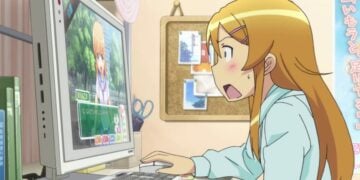Hello from Japan. We’ve been having some off-and-on problems with the J-List server, which we’ve gotten under control again, we think. As before, if you ever experience slowness with the site, please try again shortly and it should work for you. We’ll get this permanently fixed soon!
Okinawa is the southernmost prefecture in Japan, a volcanic atoll of small islands that fell under Japanese control in 1609 and became a modern prefecture in 1879. Although Okinawa is part of Japan today, it has a unique language and culture that’s very different from the rest of the country. Surprisingly, Okinawa is also the name of a town in Bolivia, which was founded by 278 Okinawans who migrated there in the aftermath of World War II. The Okinawan islands were devastated during the war, and without prospects for work, many locals were forced to leave their homes forever and start new lives in South America. The original immigrants who founded the colony in Bolivia had to cut their way through dense jungle, and many died from local diseases, but they eventually prospered. Tens of thousands of Japanese made their way to countries like Bolivia, Peru and Brazil at different times during the 20th century, and there are sizable minority populations of nikkei (Japanese-descended) people throughout South and Central America. Japanese immigration law grants special visa status to people with Japanese ancestry who want to come work in Japan.
Tomo is a happy man today — he’ll finally get the Mazda RX-8 he ordered a month ago. The way new cars are sold in Japan is quite different from the U.S.: instead of going through third party dealers, most every new car is sold through a showroom operated by each auto manufacturer, such as Toyota’s Netz and Nissan’s Blue Stage showrooms, located in each city. If you’ve ever bought a Saturn, all of this might sound familiar to you, since GM based the brand directly on this Japanese model. In Japan, rather than choose a car from the dealer’s stock, you order your car new, and they make it in the factory and deliver it to you in a month or so. This insures that you get exactly the car you want, and you also get to enjoy the anticipation of waiting for your car to come, which really is fun. Like most Japanese, Tomo went out of his way to ensure that he received his car on a lucky day. The old lunar calendar used by Japan featured weeks with six days, and the Japanese believe that some days are inherently lucky or unlucky. The six days are Taian (the luckiest day, most weddings and construction groundbreaking ceremonies are held on this day), Butsumetsu (“Day of Buddha’s Death,” very unlucky), Senpu (the afternoon is lucky), Tomobiki (never have a funeral on this day, or it will cause bad luck for everyone who attends), Sensho (a good day to do something on the spur of the moment), and Shakko (an all-around unlucky day, except for an hour around lunchtime).
Halloween is coming, and J-List always has lots of amazing and unique items to make your cosplay complete this year. In addition to some new costume and masks we’re posting today, we’ve got fresh stock of other great items, like our Hello Kitty kigurumi (full head) mask, our silly Hello Kitty bonnet and more.















